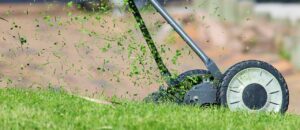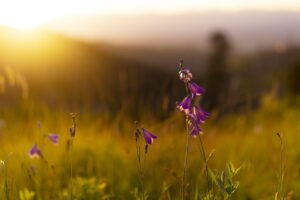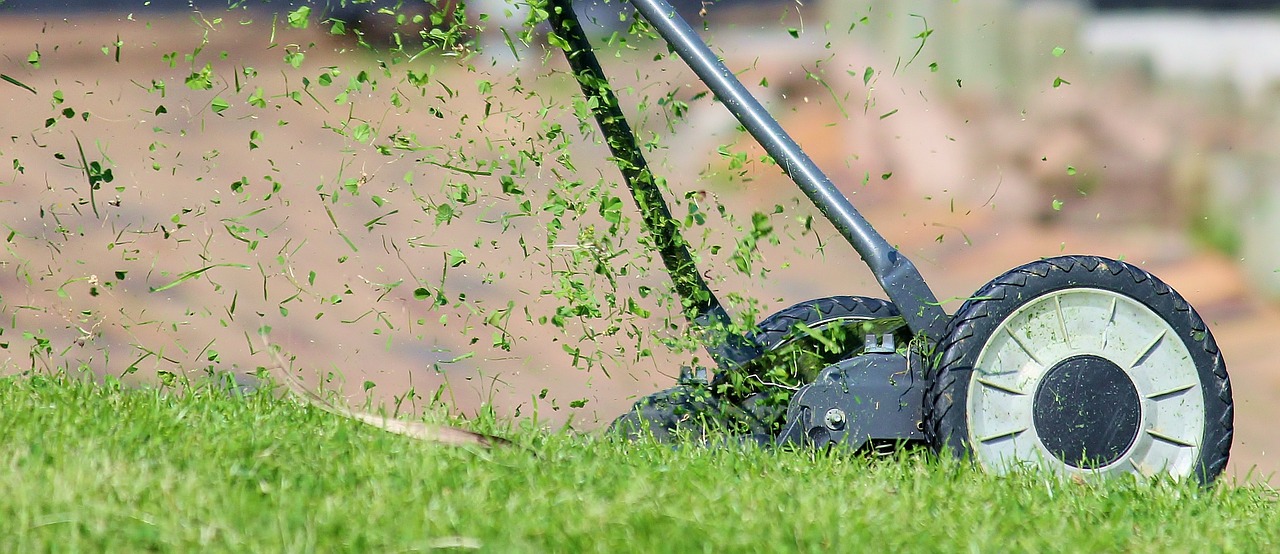Concerned over the health of your plants? Here are some easy solutions to have the best health for all plants In the White Mountains!
If a plant has damage, remove the damaged parts so the plant can focus its energy on the parts that can thrive.
For lawns:
If your lawn is already unhealthy, a weed treatment may expose the existing issue. If your lawn yellows, it indicates a lack of appropriate nutrients. The lawn will recover, but needs proper watering and fertilization.
Our weed treatment in lawns includes Iron, to help your lawn stay healthy and not be stressed by the treatment. We follow all product label directions to ensure proper application.
Lawns should be watered with 1” of water early in the morning once or twice a week depending on the temperature and humidity.
-The lawn needs to be fertilized regularly, we offer fertilizer treatment every spring and fall
-Do not overwater. Showing your lawn too much love by giving a lot of water can actually harm it, and deplete the lawn of key nutrients.
 What’s in my lawn? We can send a soil sample to a laboratory to see what nutrients your specific lawn is lacking, and then obtain and apply the recommended substances to balance your law, and bring it back to full health.
What’s in my lawn? We can send a soil sample to a laboratory to see what nutrients your specific lawn is lacking, and then obtain and apply the recommended substances to balance your law, and bring it back to full health.
-The soil in the White Mountains only has 2% organic material in it, so all lawns are lacking essential nutrients unless we add them in. The soil sample test will provide details to give you a happier healthier lawn
Mowing: don’t mow 3 days before or after lawn treatment
Did you know- It’s better to not collect grass clippings but to let them mulch into the lawn to add organic material and nutrients?

Plants:If your plants/flowers are looking sickly, the same principles apply. Proper watering and fertilizing will improve the health of plants. Be sure to look up the type of plant and watering recommendations, and you can also check information for your zone- check out the USDA zoning map to find your zone
-Get a soil test to see what your soil is deficient in to provide proper nutrients! We can send that out for you, and apply the appropriate products.
-Do not cover base of plants with gravel- the gravel will absorb heat and may overheat your plants. Be sure to use wood chips or soil around your plants to give them the best environment to flourish
-Expert tip- When it’s windy, you will need to water flowers and shrubs more because water evaporates faster.
-Bushes: wells are the best way to water them, again having wood chips or bark in the well. The well should be at least as wide as the plant.
-water once a week, maybe even every other week depending on temperature and humidity
-Most plants will recover with time, fertilization and proper watering.
–Trees: when they are new should be watered every other week. Do not plant in grass, should have a well around them 6” high. For a small tree the well should be 6 feet wide. For a large tree can be up to 12 feet wide
-Well should be filled with wood chips or bark, when water tree fill up well. That is all the water it needs every other week.
-For a mature tree it only needs to have this done once a month, unless it is exceptionally hot and dry
-This watering will give the tree essential nutrients from wood chips and bark, and the well will retain the water the tree needs
Written by: Ken and Rachel Sutton
